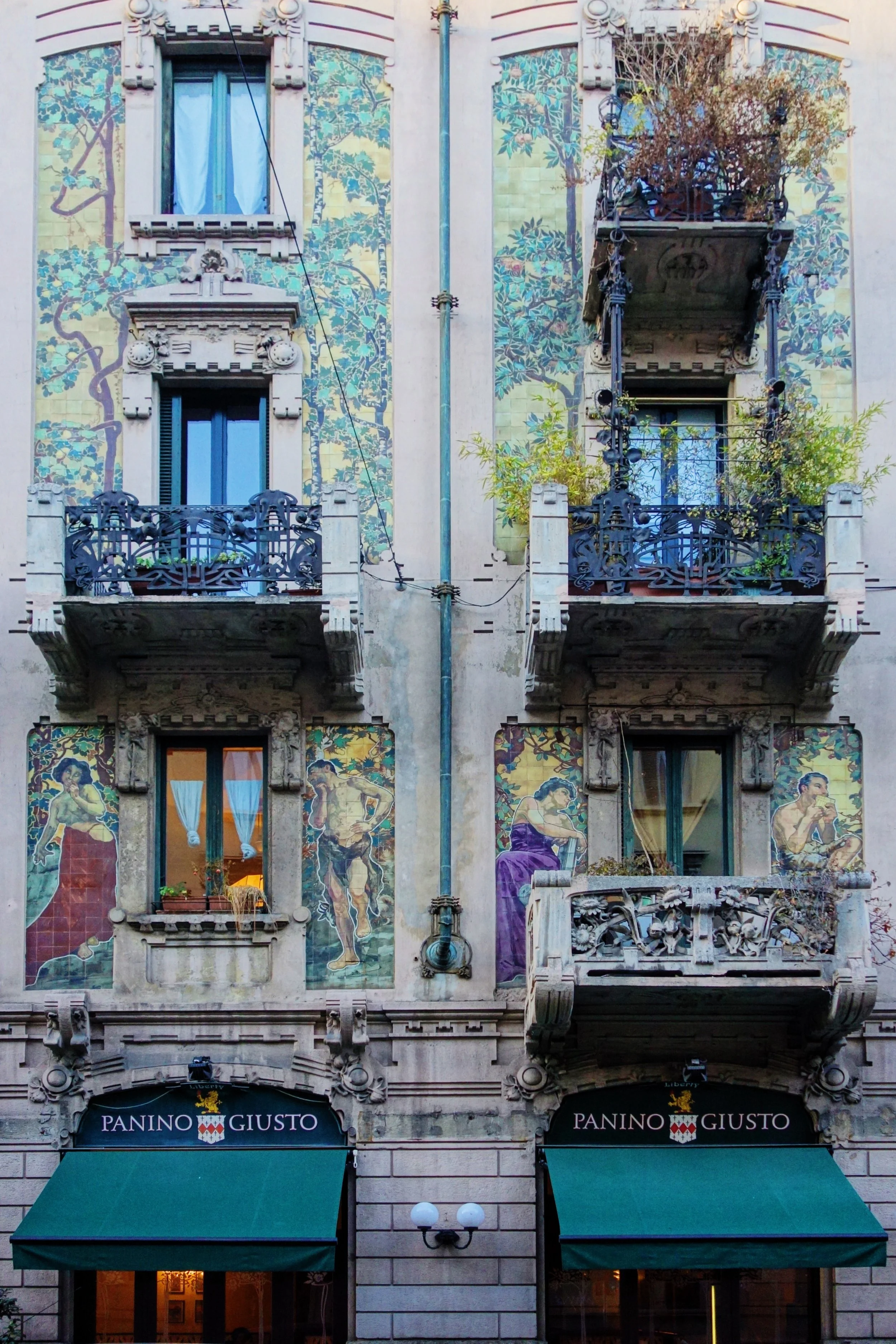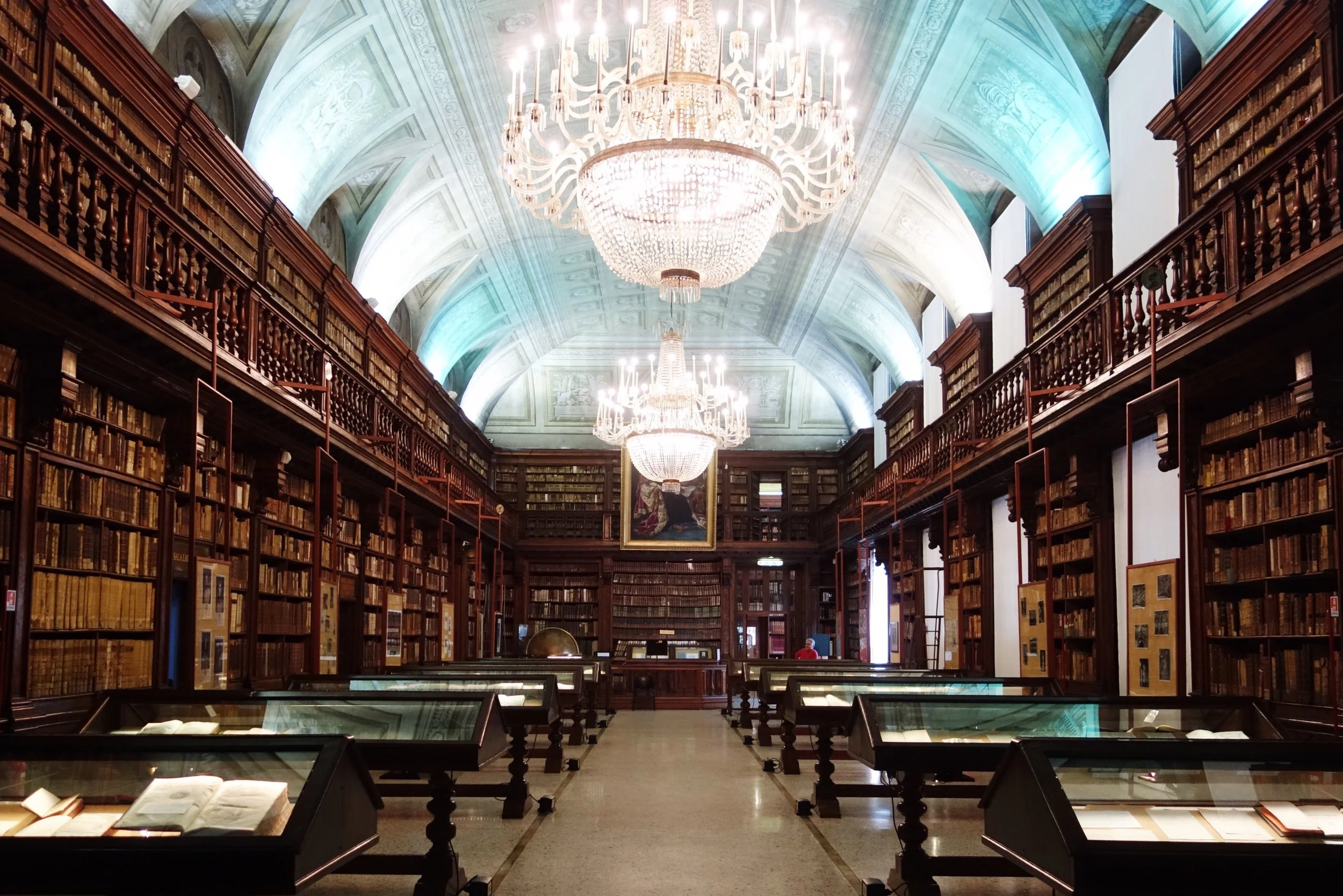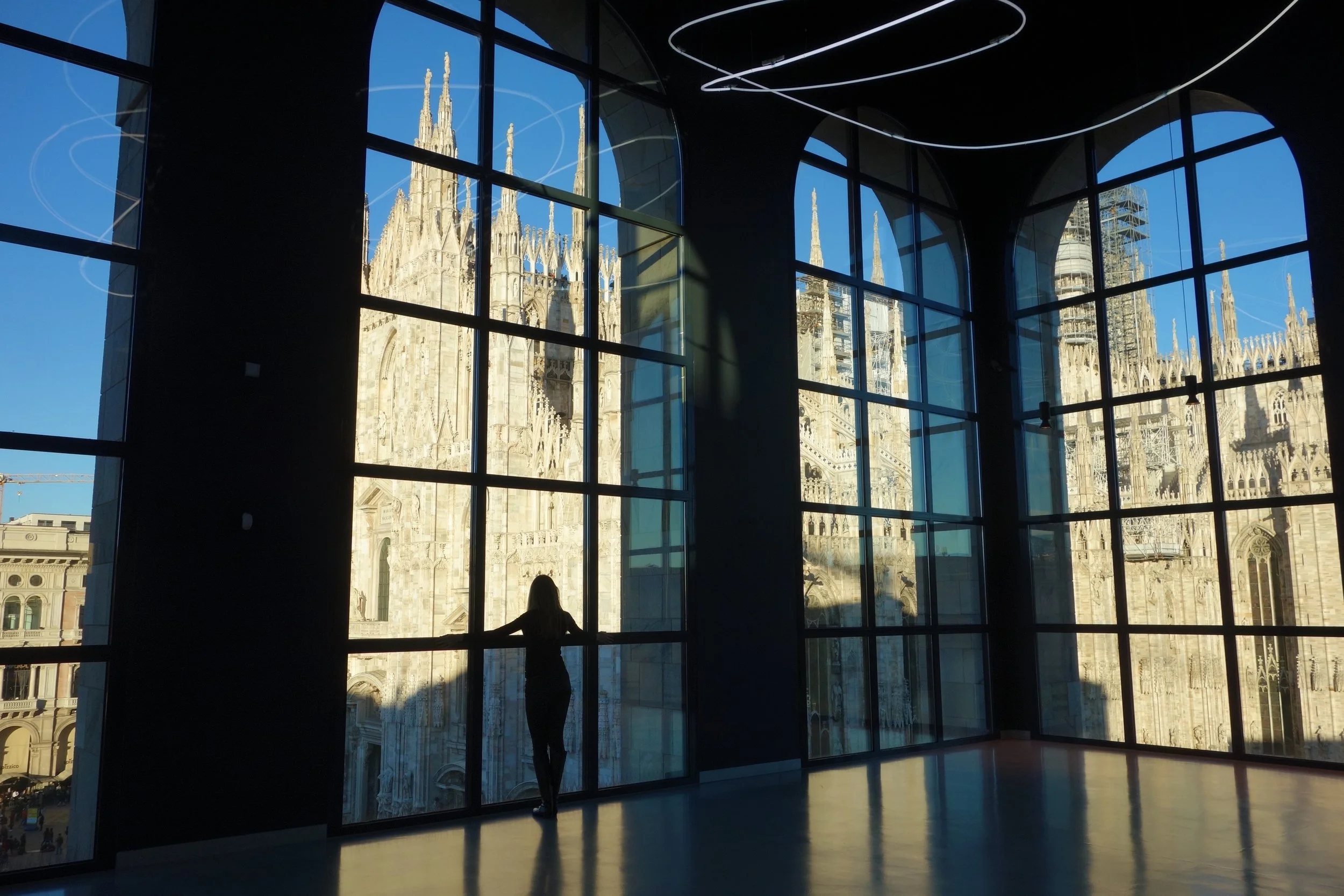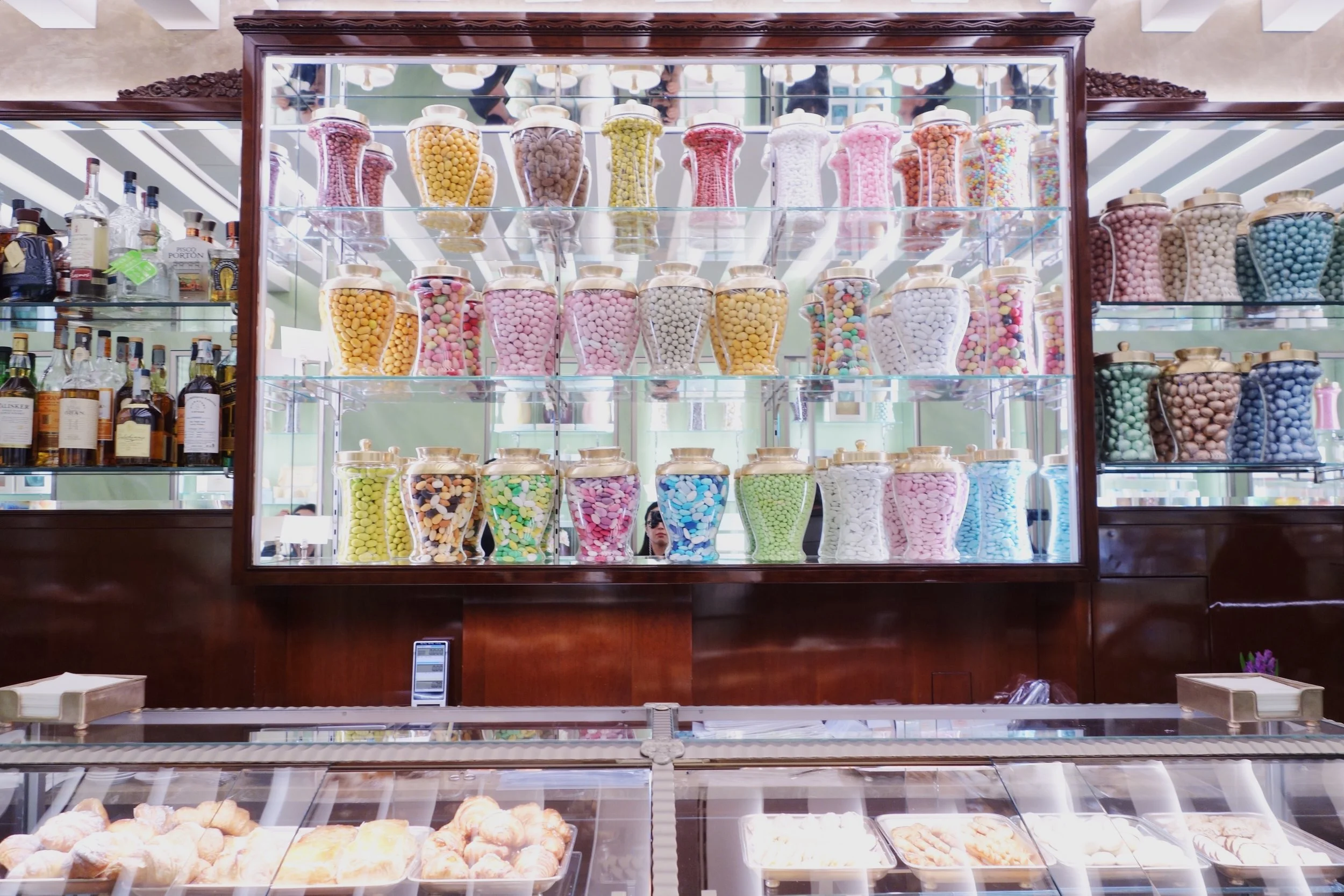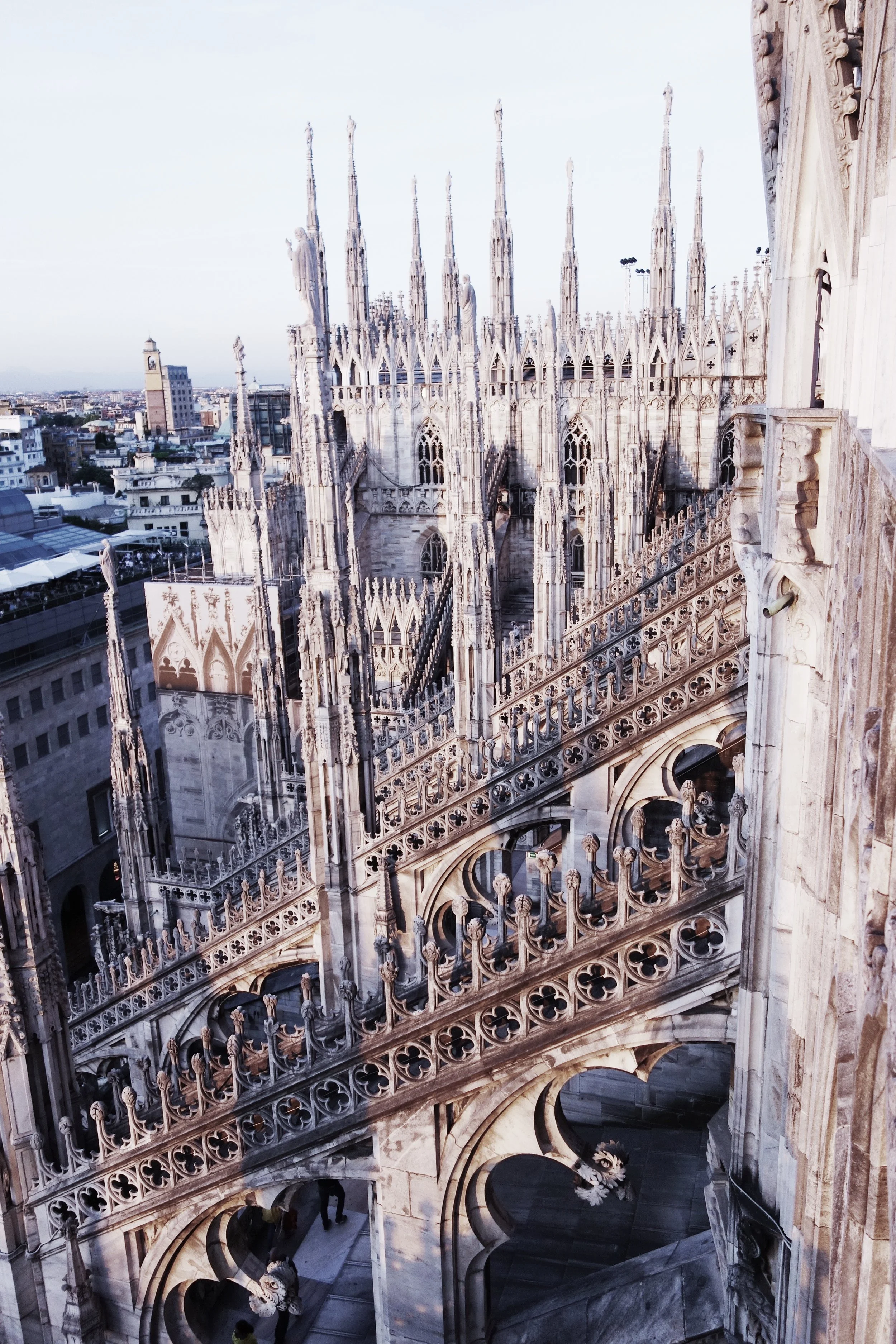Give Me Liberty. Milan, Italy. April 2016.
Milan, Italy. April 2016.
Hidden in Milan near Porta Venezia is an enclave of art nouveau (aka liberty style) buildings. One of the most notable examples is pictured here, the turn of the century palazzo Casa Galimberti. The exterior features a whimsical façade of feminine and masculine figures, curved wrought iron, a floral motif, and ceramic tiling. The nouveau exterior of Casa Galimberti actually stretches beyond this panel and wraps around the entire 170 meters of the palazzo. The building and the exterior were both designed and executed by architect Giovanni Battista Bossi between 1903-1906. While the city is known for it's flashier architecturural marvels like Boeri's Bosco Verticale, Pelli's Unicredito Tower, and the Galleria, this section of Milan has the air of cities like Brussels, Paris, Glasgow, and Barcelona, where Art Nouveau is much more common.
